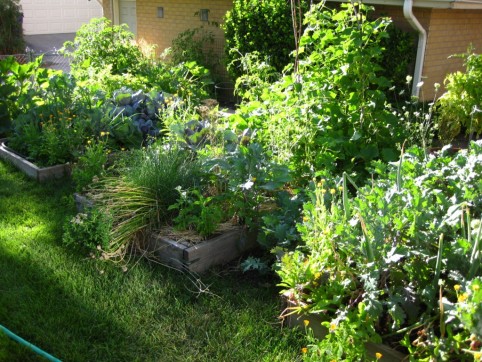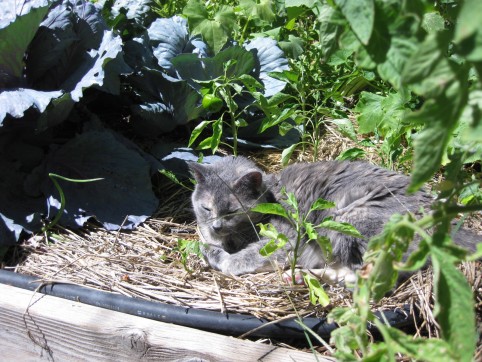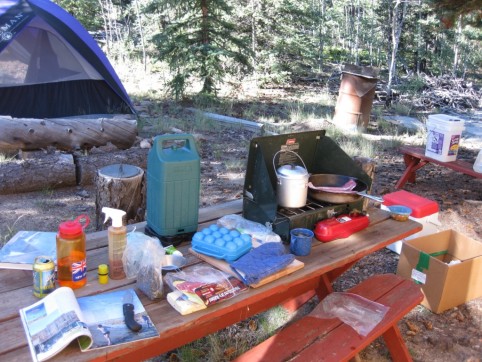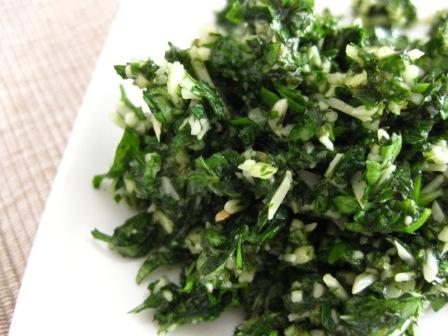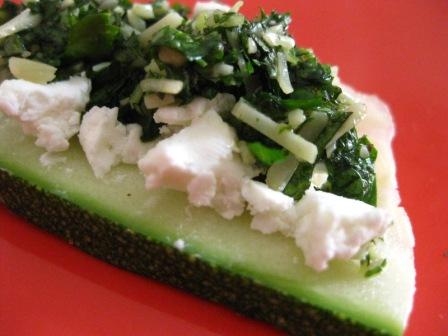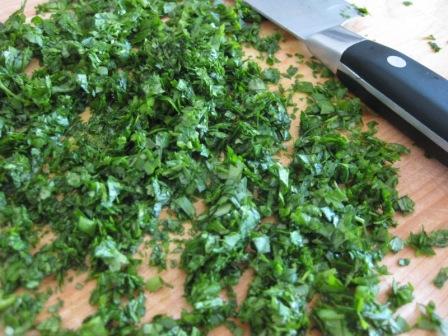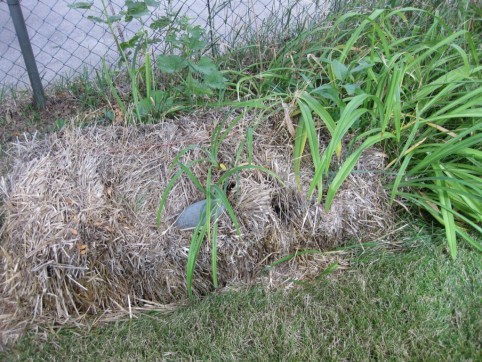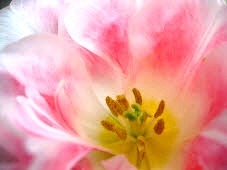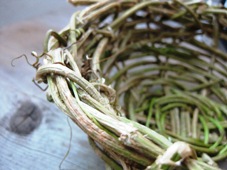How have you been these past two weeks? Hopefully you’re out enjoying summer while it’s still around! The mornings are already getting cooler around here, and the autumn birds are beginning to sing. The garden is really at its peak, and we’ve been blessed with heaps of organic cucumbers, zucchini, kale, parsley, basil, cabbage, onions, potatoes, mini pumpkins, and tomatoes. I love the bounty! It’s the freshest, most organic, delicious, wholesome, high-vibration, grown-with-love food, and ingesting it just feels good! We are certainly eating like kings right now! I am so grateful for our garden.
August has been busy around here in a good way; my sister was in town for a week (so fun!), and Hubby and I went camping last weekend at my parents’ land which was completely wonderful. In the rush of work-a-day living, I forget how peaceful and healing it is to just hang out in nature. Sitting in the sun, looking out at the view, I kept thinking “This is life.” The weather couldn’t have been more perfect, and we just hung out and read, cooked at the coleman stove, drank tea, ate, laughed, watched chipmunks, ate wild currants, hiked around a little, and enjoyed the fresh mountain mornings, the twilight hour, a few shooting stars at night, and the nearly-full moon shining into our tent.
And since we had a rental car, I took all of our giveaway stuff to the thrift store drop-off after we got back; that stuff had been lingering in our entryway for far too long, and it felt great to clear it out. Doing that inspired me to clean up the rest of our house, too. It has been in shambles because we’re both too busy and too tired to devote energy to it. I find that in terms of the house, my outer realm both reflects and affects my inner realm. So when the house is out of control, it’s an accurate snapshot of my life at that moment in time. But if I take the time to really get it back under control (9 1/2 hours on Friday!), then I feel as if I have my whole life back under control. Whether your house is clean or dirty really affects your psyche more than I’ve ever realized.
Anyway, here are some photos from the past month:

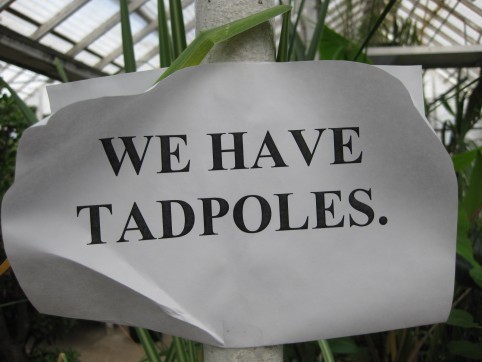
Cute sign
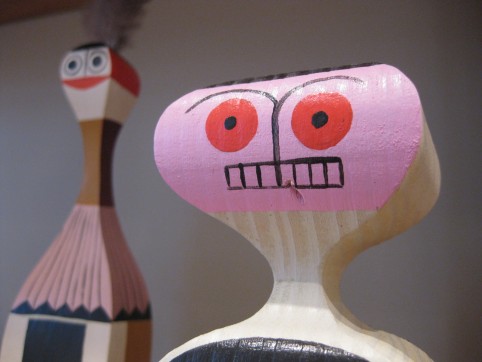
HAD to take a picture of these lovelies!

Camping
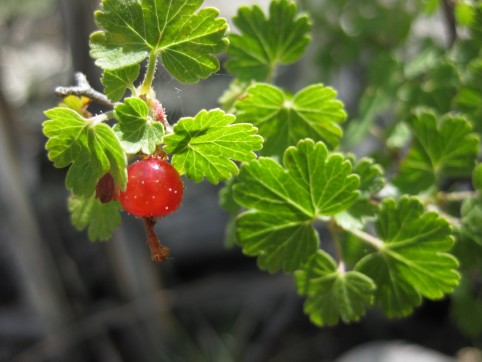
Each wild currant bush has its own taste.
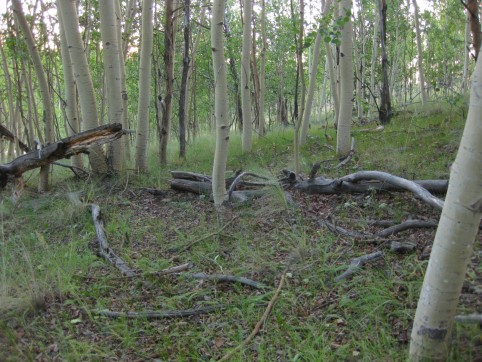
Aspen grove on the Land
